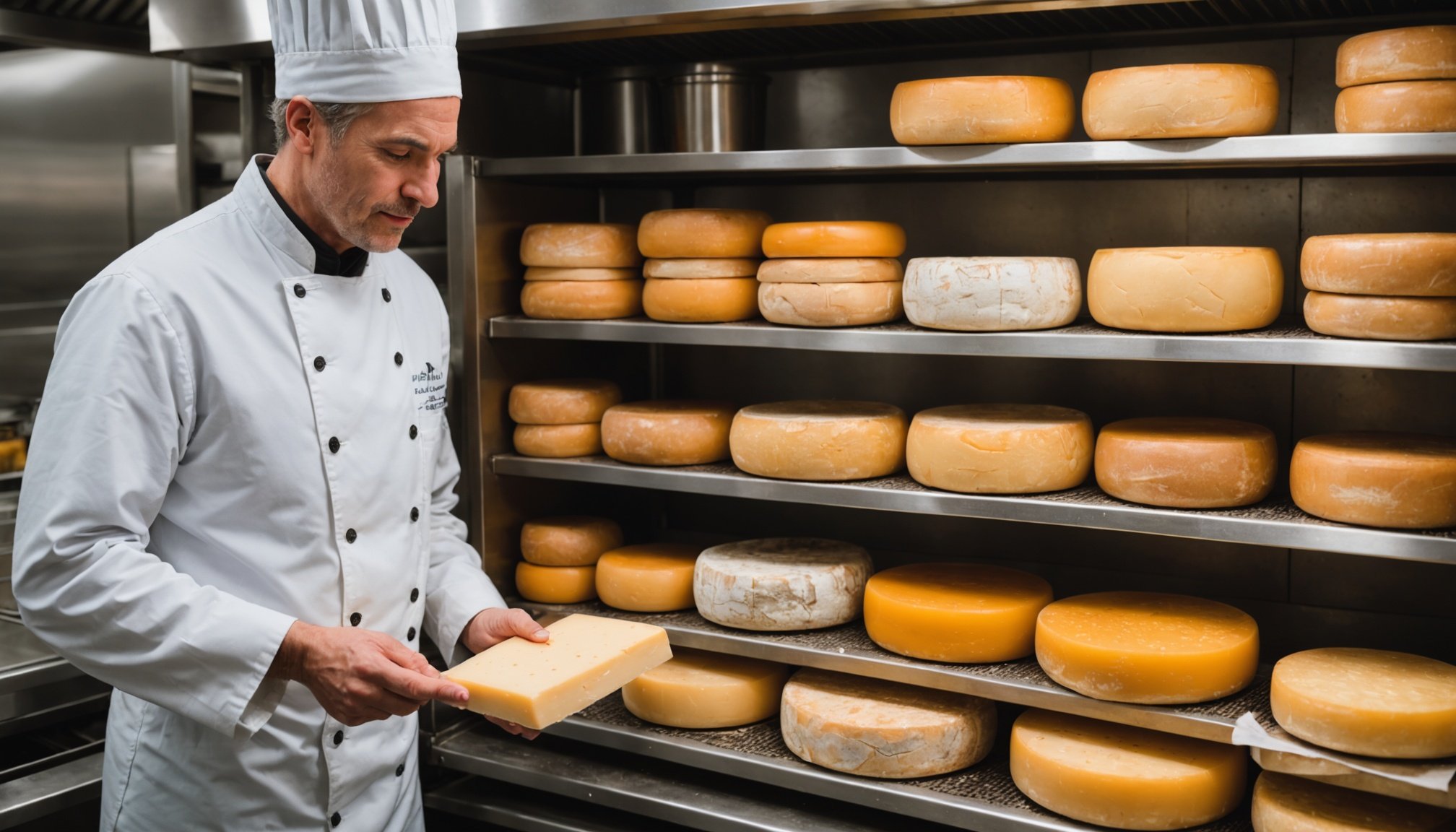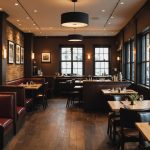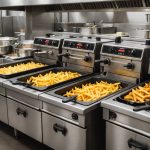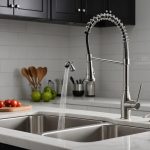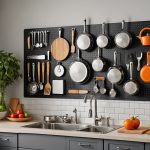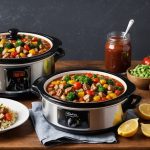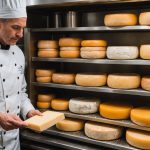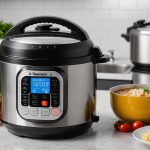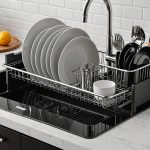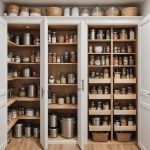Aging cheese properly can elevate your restaurant's offerings, transforming ordinary dishes into extraordinary experiences. Understanding the optimal temperature and humidity levels is essential for fostering the right environment for cheese maturation. These guidelines not only enhance flavor but also affect texture and aroma, allowing you to create signature cheese boards that captivate your patrons. Master these parameters to ensure every wheel ages to perfection, setting your culinary creations apart from the rest.
Optimal Temperature for Aging Cheeses
Discover the perfect conditions for cheese maturation.
In the same genre : Essential Safety Guidelines for Deep Fryer Use in Professional Kitchens: Keep Your Staff and Food Safe!
Ideal Temperature Range for Various Cheese Types
The temperature at which cheese is aged significantly influences its flavor development. Different cheeses require specific conditions to reach their peak taste and texture. For example:
- Soft cheeses (e.g., Brie, Camembert): 45-50°F (7-10°C)
- Semi-hard cheeses (e.g., Cheddar, Gouda): 50-55°F (10-13°C)
- Hard cheeses (e.g., Parmesan, Pecorino): 55-60°F (13-16°C)
Effects of Temperature on Flavor Development
Temperature plays a crucial role in the aging process. Lower temperatures slow down the development of flavors, allowing for a more complex profile over time. Conversely, higher temperatures can accelerate aging, but risk compromising texture and developing off-flavors. It's essential to maintain a consistent temperature to ensure the cheese matures properly.
Also read : Effective Strategies to Minimize No-Shows at Your Reservation-Only Restaurant
Recommended Monitoring Tools for Temperature
To accurately monitor the temperature in your cheese aging environment, consider using:
- Digital thermometers with alarms
- Hygrometers to measure humidity
- Data loggers for continuous tracking
These tools help maintain the optimal temperature range, ensuring that your cheese develops its intended flavors and characteristics. By understanding and controlling the temperature conditions, you can unlock the full potential of your cheese aging process.
Humidity Levels for Cheese Aging
Understanding the role of humidity in cheese maturation.
Importance of Humidity in Cheese Texture and Quality
Humidity is a critical factor in the cheese aging process, influencing both texture and flavor development. Proper humidity levels prevent cheese from drying out, ensuring a creamy consistency. Insufficient humidity can lead to cracks and undesirable hardness, while excessive moisture may encourage unwanted mold growth.
Recommended Humidity Levels for Different Cheese Varieties
Different cheese types require specific humidity levels to achieve optimal texture and quality:
- Soft cheeses (e.g., Brie, Camembert): 85-95% humidity
- Semi-hard cheeses (e.g., Cheddar, Gouda): 80-85% humidity
- Hard cheeses (e.g., Parmesan, Pecorino): 75-80% humidity
Maintaining these levels ensures that each cheese variety develops its unique characteristics.
Tools and Techniques for Measuring Humidity
To effectively monitor humidity in your cheese aging environment, consider utilizing:
- Hygrometers: Essential for measuring and maintaining desired humidity levels.
- Humidity control packs: Help stabilize the environment by absorbing or releasing moisture.
- Data loggers: Provide continuous tracking of both temperature and humidity.
By employing these tools, you can achieve the perfect balance of humidity necessary for producing high-quality aged cheeses, enhancing both flavor and texture.
The Science Behind Cheese Aging
Unveiling the intricate processes that define cheese maturation.
Biochemical Processes During Cheese Aging
The cheese aging process is a fascinating transformation driven by various biochemical processes. Proteins and fats break down into smaller molecules, creating the complex flavors and aromas we associate with aged cheeses. These reactions are vital for developing the cheese's texture and taste.
Role of Microorganisms in Flavor Development
Microorganisms play a crucial role in the cheese aging process. Bacteria, molds, and yeasts contribute to the breakdown of lactose, proteins, and fats, resulting in unique flavor profiles. The specific strains used can significantly impact the characteristics of the cheese, making each variety distinct.
Impact of Aging Conditions on Cheese Characteristics
Aging conditions, including temperature and humidity, profoundly influence the cheese aging process. Consistent conditions allow for controlled microbial activity and biochemical reactions. Variations can lead to undesirable flavors or textures, highlighting the importance of maintaining optimal environments.
- Temperature Control: Essential for steady biochemical reactions
- Humidity Levels: Critical for preventing moisture loss and mold growth
- Microbial Diversity: Key to developing complex flavors
By understanding these elements, cheesemakers can manipulate the cheese aging process to produce cheeses with desired flavors and textures, showcasing the artistry and science behind this age-old craft.
Equipment for Aging Cheese in Restaurants
Essential tools to perfect your cheese aging setup.
Essential Equipment for Temperature and Humidity Control
Creating the ideal environment for cheese aging in restaurants requires precise equipment. Key tools include:
- Digital Thermometers: Ensure accurate temperature maintenance.
- Hygrometers: Essential for monitoring humidity levels.
- Humidity Control Packs: Stabilize the environment by regulating moisture.
These equipment choices are crucial for maintaining the delicate balance of temperature and humidity, ensuring optimal cheese aging conditions.
Best Practices for Setting Up an Aging Environment
When setting up a cheese aging environment, consider the following best practices:
- Consistent Monitoring: Regularly check temperature and humidity levels.
- Ventilation: Ensure proper air circulation to prevent mold growth.
- Zoning: Separate different cheese types to avoid cross-contamination.
Implementing these practices with the right equipment will enhance the quality of your aged cheeses.
Case Studies of Successful Cheese Aging Setups
Restaurants achieving success in cheese aging often share common strategies. For instance, a renowned New York bistro attributes its success to meticulous equipment use, ensuring each cheese type matures perfectly. Another case in Paris highlights the importance of regular equipment calibration to maintain consistent conditions.
By following these examples and utilizing the right equipment, restaurants can master the art of cheese aging, enhancing both flavor and customer satisfaction.
Common Challenges in Cheese Aging
Overcoming obstacles to perfect cheese maturation.
Identifying and Troubleshooting Temperature Fluctuations
Temperature fluctuations can significantly impact the cheese aging process, causing inconsistent flavor development and texture. To address these challenges, regularly monitor your environment using reliable equipment like digital thermometers. Ensure your aging space is insulated to minimize external temperature variations. When fluctuations occur, adjust your cooling systems promptly to maintain stability.
Addressing Humidity-Related Issues
Humidity-related issues often lead to undesirable cheese textures, such as drying out or excessive moisture. Utilize hygrometers to monitor humidity levels closely. Implement humidity control packs to maintain the optimal moisture balance. If you notice signs of unwanted mold growth or cracking, adjust your humidity settings accordingly, ensuring each cheese variety retains its unique characteristics.
Preventing Spoilage and Contamination During Aging
Preventing spoilage and contamination is crucial for successful cheese aging. Maintain a clean environment by regularly sanitizing surfaces and equipment. Practice proper zoning to separate different cheese types, reducing the risk of cross-contamination. Implement a routine inspection schedule to identify early signs of spoilage, allowing for timely intervention and ensuring high-quality aged cheeses.
By addressing these common challenges with precision and care, you can optimize your cheese aging process, enhancing both flavor and texture.
Monitoring Conditions for Cheese Aging
Ensuring precise control for optimal cheese maturation.
Recommended Monitoring Technologies and Devices
Accurate cheese aging condition monitoring is vital for producing high-quality aged cheeses. Employing advanced technologies can streamline this process. Consider using:
- Digital Thermometers: Provide precise temperature readings.
- Hygrometers: Essential for tracking humidity levels.
- Data Loggers: Continuously record environmental conditions.
These devices ensure you maintain the optimal conditions necessary for cheese maturation.
Frequency and Methods for Checking Aging Conditions
Regular checks are crucial in the cheese aging condition monitoring process. It is advisable to:
- Daily Checks: Verify temperature and humidity levels each day.
- Weekly Calibration: Ensure devices are accurate and functioning correctly.
- Monthly Reviews: Assess data logs to identify trends or anomalies.
This routine helps in maintaining consistent aging conditions and preventing potential issues.
Importance of Record-Keeping for Quality Control
Effective record-keeping is a cornerstone of cheese aging condition monitoring. Documenting environmental conditions over time allows for:
- Trend Analysis: Identifying patterns that affect cheese quality.
- Quality Assurance: Ensuring each batch meets the desired standards.
- Problem-Solving: Quickly addressing issues when they arise.
By meticulously monitoring and recording conditions, you can enhance the quality and consistency of your cheese aging process.
Practical Examples from Restaurant Kitchens
Exploring successful cheese aging practices in culinary settings.
Successful Cheese Aging Practices in Notable Restaurants
Restaurant cheese aging case studies reveal insightful practices that lead to exceptional results. At a renowned San Francisco eatery, chefs employ a dedicated cheese cave, maintaining precise temperature and humidity levels to ensure optimal aging. This controlled environment allows for the development of complex flavors, setting a standard for quality.
Lessons Learned from Real-World Cheese Aging Experiences
Real-world experiences from restaurant cheese aging case studies highlight the importance of consistency. A top-tier London bistro discovered that regular monitoring and adjustments prevent spoilage and enhance texture. Chefs emphasize the value of investing in reliable monitoring technologies to maintain stable conditions.
Tips from Chefs on Optimizing Cheese Aging Processes
Chefs from various restaurant cheese aging case studies offer practical tips for optimizing the aging process:
- Invest in Quality Equipment: Ensure accurate temperature and humidity control.
- Regular Inspections: Conduct frequent checks to prevent inconsistencies.
- Adapt Techniques: Tailor methods to each cheese type for best results.
By integrating these practices, restaurants can refine their cheese aging processes, enhancing both flavor and customer satisfaction. These insights from restaurant cheese aging case studies demonstrate the blend of art and science in cheese maturation.

